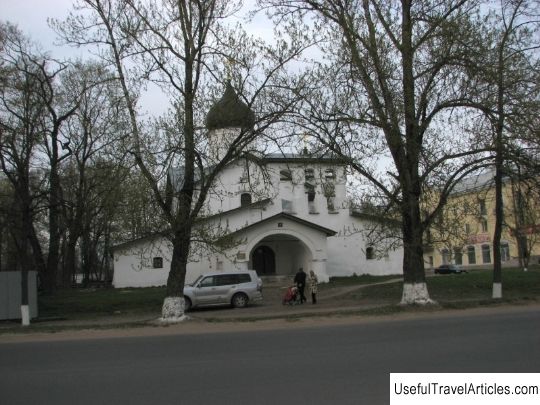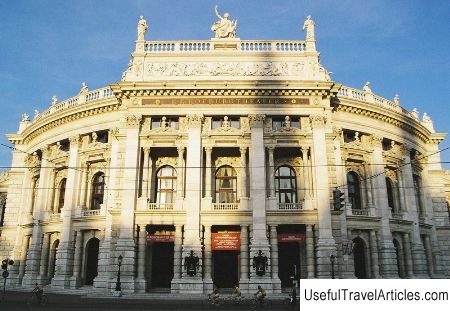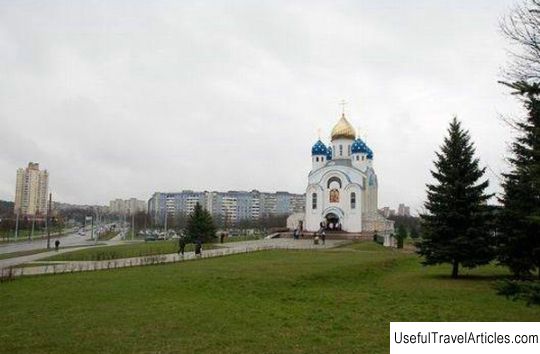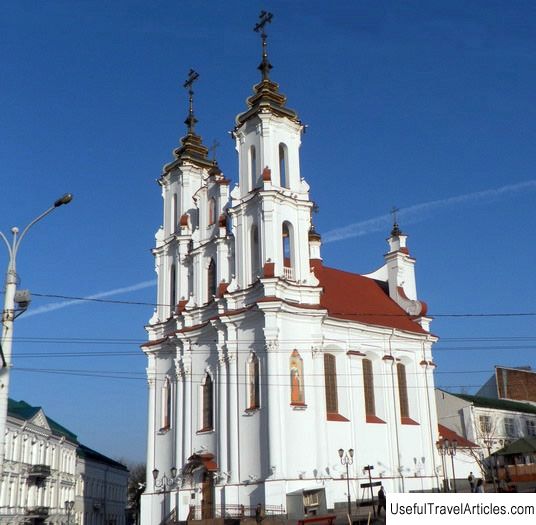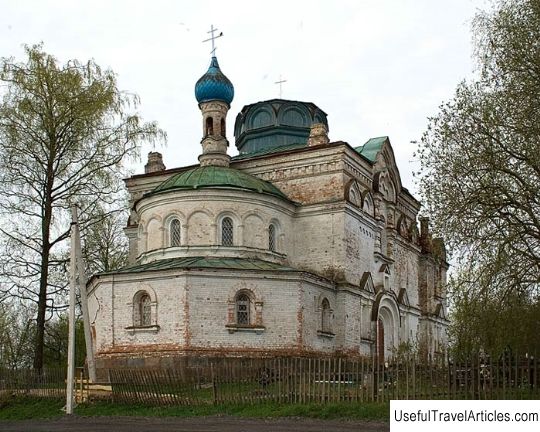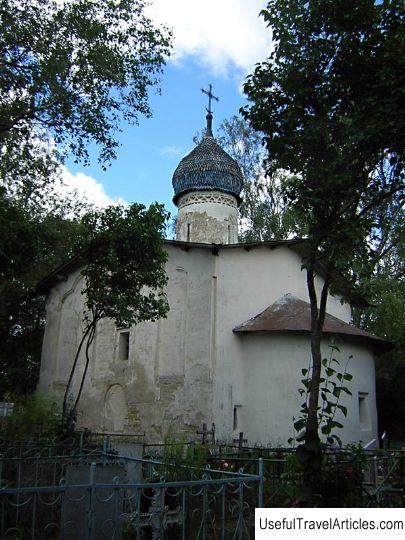Church of the Resurrection of Christ from the Stadishche description and photos - Russia - North-West: Pskov
Rating: 8,6/10 (4315 votes) Church of the Resurrection of Christ from the Stadishche description and photos - Russia - North-West: Pskov. Detailed information about the attraction. Description, photos and a map showing the nearest significant objects. Photo and descriptionThe area around the Church of the Resurrection of Christ was previously called the stadio, and this is where its name came from - "from the stadishche". The initial mention of the Resurrection Maiden Monastery, which existed on this site, dates back to 1458. Instead of a wooden church destroyed by fire in 1532, a stone church was erected. But in 1764 the monastery was closed, the church became a parish church, and remained as such until 1788. From 1788 to the present day, she was assigned to the Varlaam Church, which was located next door, as a result of this, there was no clerk at the Resurrection Church. However, the library was also moved to the Varlaam Church. In 1808, the church was being prepared for demolition due to its decrepitude, but the Holy Synod did not give permission for the demolition of the church. In 1880, the iconostasis and interior decoration of the church were redone. In 1894, an iron spiral staircase to the choir was built. The belfry was built at the same time as the church. There were seven bells on the belfry. The church has two thrones: the main one - the Resurrection of Christ, the side-altar - the Entry into the Temple of the Most Holy Theotokos. The church has a typical cubic shape, made of a limestone slab. The hipped roof has a stone dome with narrow windows and cornice decorations such as deepened kokoshniks and hollows. The dome is covered with iron. The porch has the shape of an ancient Pskov porch. The porch is followed by a porch, on which a three-span belfry is approved. Earlier in front of the porch there was a separate belfry, built of wood. The facade on the west side has the typical three blades and a deep recess above the blades. Adjacent to the north side is an annex which is used as a storage room. The facade on the north side also has three-blade divisions. On the south side there is a side-altar, consecrated in the name of the Introduction to the Temple, the construction time of which is unknown, but the first mentions of it date back to the 18th century. Its right wall is decorated with two suspended arches with a motif borrowed most likely from Moscow. On the aisle there is a small dome with an original cap-like shape. The apses of the main church are decorated with roll-shaped streaks, but streaks go only along the upper and lower parts of the apses. The apse has no decorations. The vaults cover the temple. The light drum is supported by sails and domed arches. In the upper corner of the temple, on the southwest side, there is a tent that has no windows, with a single door on the left that opens onto the choir. Obviously, there used to be a sacristy here. The Vvedensky vestibule is covered with a cylindrical vault with stripping. Despite the slight roughening of the forms, which is noticeably greater in the interior, the Resurrection Church has great expressiveness. There is an underground passage near the temple. The Church of the Resurrection from the Stadishche was closed after the October Revolution. This event took place on August 5, 1924. The building was planned to be transferred to the museum. In 2005-2008. the restoration of the temple was carried out, funds for which were allocated by the Ministry of Culture of the Russian Federation. The revival of the church began in 2007. On November 12, 2007, a consecrated cross was erected on the repaired and copper-covered central dome of the Church of the Resurrection from Stadishche. The consecration of the cross was carried out by Eusebius - Archbishop of Pskov and Velikie Luki. The temple is being revived, restoration work continues. Currently, the Church of the Resurrection is an active parish church. In the future, it is planned to create an Orthodox gymnasium at the church.       We also recommend reading Palace of Queluz (Palacio Nacional de Queluz) description and photos - Portugal: Lisbon Riviera Topic: Church of the Resurrection of Christ from the Stadishche description and photos - Russia - North-West: Pskov. |
